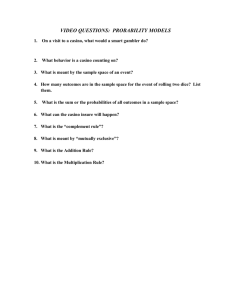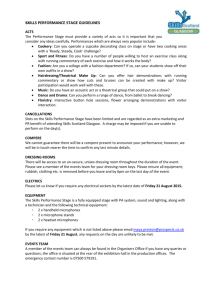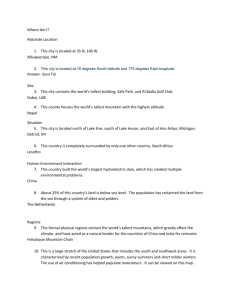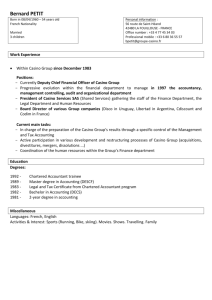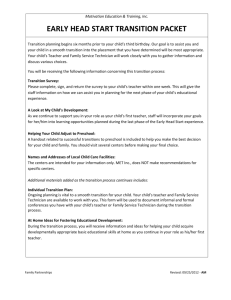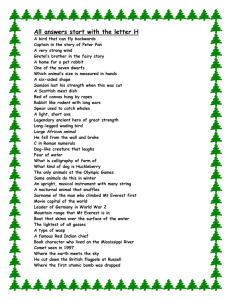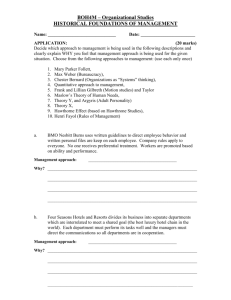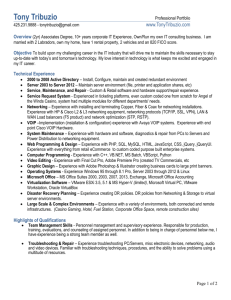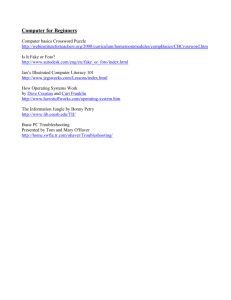8.D
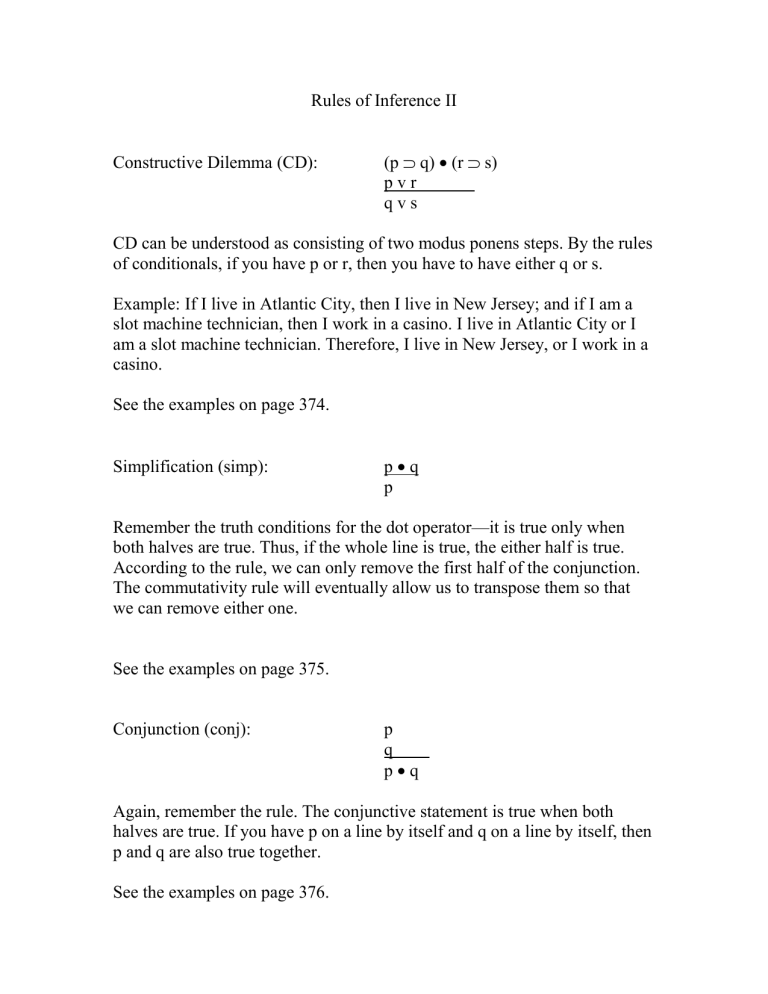
Rules of Inference II
Constructive Dilemma (CD): (p
q v s
q) p v r
(r
s)
CD can be understood as consisting of two modus ponens steps. By the rules of conditionals, if you have p or r, then you have to have either q or s.
Example: If I live in Atlantic City, then I live in New Jersey; and if I am a slot machine technician, then I work in a casino. I live in Atlantic City or I am a slot machine technician. Therefore, I live in New Jersey, or I work in a casino.
See the examples on page 374.
Simplification (simp): p
q p
Remember the truth conditions for the dot operator—it is true only when both halves are true. Thus, if the whole line is true, the either half is true.
According to the rule, we can only remove the first half of the conjunction.
The commutativity rule will eventually allow us to transpose them so that we can remove either one.
See the examples on page 375.
Conjunction (conj): p q p
q
Again, remember the rule. The conjunctive statement is true when both halves are true. If you have p on a line by itself and q on a line by itself, then p and q are also true together.
See the examples on page 376.
Addition (add): p p v q
Addition may not appear very clear at first, but when we think about the truth table for the wedge operator, it becomes clear that the inference is valid. If you have p on a validly derived line, then it doesn’t matter what you add to it—the statement is still true, since only one half of the disjunction has to be true in order for the statement to be true.
Example: if it’s true that “Mount Everest is the tallest mountain in the world,” then it’s also true that “Mount Everest is the tallest mountain in the world, or butterflies are carnivorous.
See the examples on page 377.
Look at the strategies and tactics on page 378.
Proofs:
1.
A
B
2.
(B v C)
(D
E)
3.
A / D
1.
K
L
2.
(M
N)
S
3.
N
T
4.
K v M / L v T
#12
1. ~ P
D
2. P v (Q
R)
3. P v (S
L)
1.
~M
N
2.
P
M
3.
Q
R
4.
(~P
Q)
S / S v T
Samples from the exercises:
#7
1. (M v ~P)
(Q v ~S)
2. M
~ R / Q v ~ S
/ Q
S
#15
1. R v (P v S)
2. ~ R
2. P
Q
3. ~ R
(S
L)
#24
1. P v (Q
R)
2. (S v L)
(Q
M)
3. Q
~P
4. S
N / R
/ Q v L
A random proof:
1. (W
X)
(Q v R)
2. (S v F)
(Q v W)
3. (S v G)
(~ Q
X)
4. Q v S
5. ~ Q
H /R
